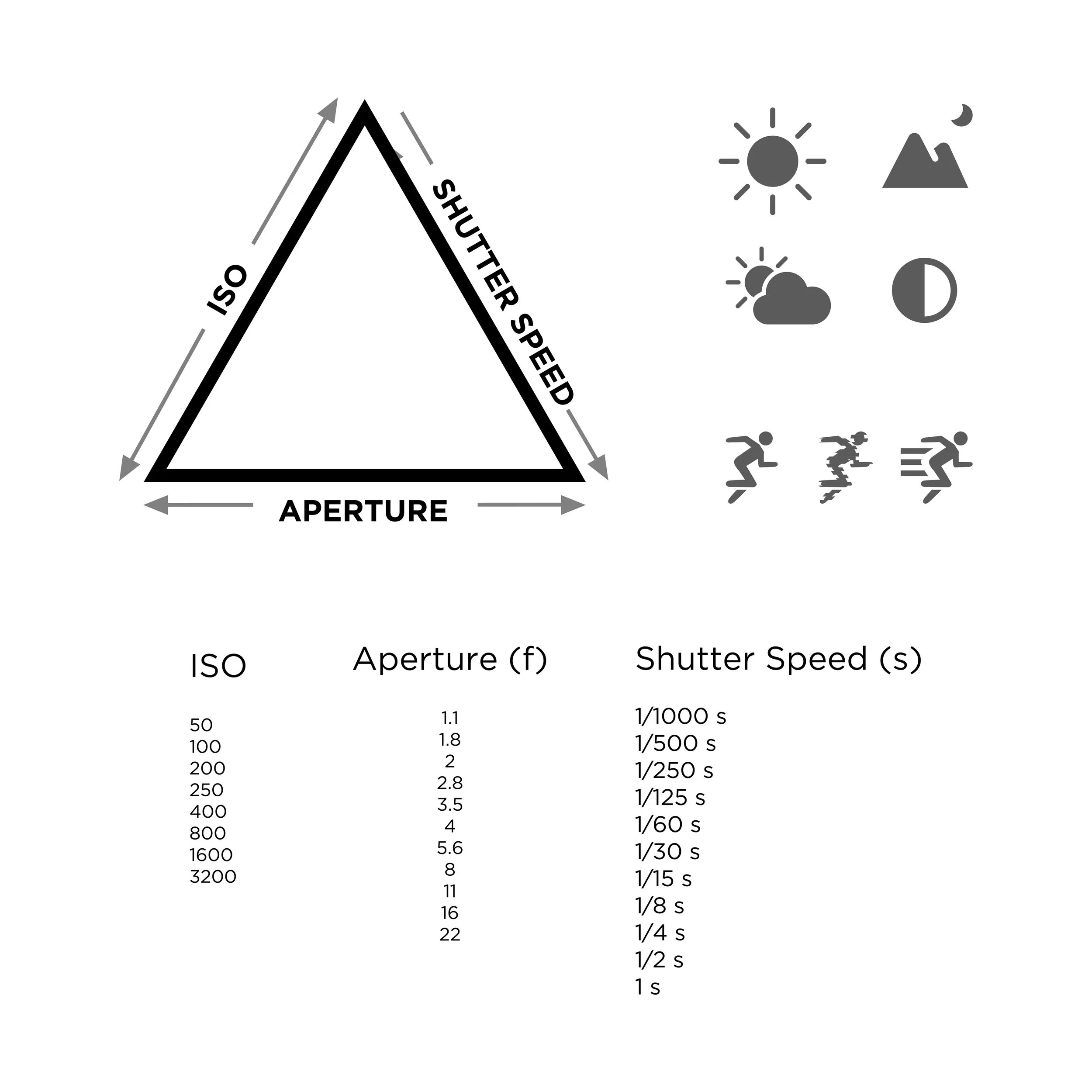Mastering Shutter Speed: A Beginner's Guide to Understanding and Using Shutter Speed in Photography
Shutter speed is an essential component of photography, and it can be a bit overwhelming for beginners to understand. However, mastering shutter speed is key to taking your photography to the next level. It determines how long the camera's sensor is exposed to light and can greatly affect the outcome of your photos. In this article, we will break down the basics of shutter speed in a simple and easy-to-understand way, so you can start using it effectively in your photography.
From Adobe stock
Shutter speed is measured in seconds or fractions of a second, and it controls the amount of time that the camera's sensor is exposed to light. A fast shutter speed, such as 1/1000 of a second, will freeze fast-moving action, while a slow shutter speed, such as 1/10 of a second, will create a blur effect.
Using a shutter speed of 0.5 sec wil show the movment of the waves. Photo by Are Ramstad
When taking a photo, the shutter speed is determined by the amount of light that enters the camera. In low light situations, a slower shutter speed is required to allow more light to reach the sensor, while in bright light, a faster shutter speed is needed to prevent overexposure.
using a shutterspeed of 1/1000 to freeze the action. Photo by Are Ramstad
A fast shutter speed is ideal for freezing fast-moving subjects like sports, birds in flight, and other action shots. To achieve this, use a high shutter speed such as 1/1000 or higher.
A slow shutter speed, on the other hand, is perfect for capturing a sense of movement, like the flow of water in a waterfall or the movement of clouds. To achieve this, use a low shutter speed such as 1/10 or lower.
it's important to keep in mind that when using a slow shutter speed, the camera needs to be steady to prevent blur. This is where a tripod comes in handy. It helps keep the camera steady, allowing you to use slower shutter speeds without any blur.
9 Tips for Mastering Shutter Speed in Photography:
To freeze fast-moving action, use a fast shutter speed such as 1/1000 or higher.
To capture a sense of movement, use a slow shutter speed such as 1/10 or lower.
Use a tripod to keep the camera steady when using slow shutter speeds.
Experiment with different shutter speeds to find the right setting for your subject and lighting conditions.
Remember that shutter speed determines the amount of light that reaches the camera's sensor, so adjust it accordingly in low light or bright light conditions.
Fast shutter speeds are ideal for capturing fast-moving subjects like sports or birds in flight.
Slow shutter speeds are great for capturing a sense of motion in waterfalls, clouds, and other subjects.
Practice using different shutter speeds to become familiar with their effects on your photos.
Combine the use of shutter speed with other camera settings like aperture and ISO for optimal results
a long exposure with a shutterspeed of 120sec to completely smooth out the sea. Photo by Are Ramstad
Summary: Shutter speed is a fundamental aspect of photography that can significantly affect the outcome of your photos. By understanding the basics of shutter speed, you will be able to take your photography to the next level. Remember to experiment with different shutter speeds, use a tripod when needed, and practice to become more familiar with this setting. With the right use of shutter speed, you can create stunning images that capture motion, motion blur, and freeze action perfectly.
As always, I am open to any feedback or questions you might have. Feel free to ask questions in the comment section. I appreciate your support.
I hope that you found it informative and helpful. As someone who struggles with dyslexia, I want to let you know that I used a writing tool called OpenAI's GPT-3 to assist in the creation of this piece. GPT-3 has been an invaluable resource for me, helping me to fine-tune my writing and express my thoughts more clearly. While I was responsible for the overall direction and content of the post, GPT-3 helped me to refine the language and make the writing more cohesiv.










Thinking about the Sony ZV-E10 II? After six months of use, I took it on a weekend getaway to test its photo and video capabilities. In this hands-on review, I share what I love, what I don’t, and whether it’s worth buying. Read more for real-world insights, pros & cons, and sample images!